Home>Gardening & Outdoor>Landscaping Ideas>How To Grow Lawn Grass


Landscaping Ideas
How To Grow Lawn Grass
Modified: September 2, 2024
Learn effective landscaping ideas and techniques for growing lush lawn grass. Discover expert tips for achieving a vibrant and healthy lawn. Enhance your outdoor space with our comprehensive lawn care guide.
(Many of the links in this article redirect to a specific reviewed product. Your purchase of these products through affiliate links helps to generate commission for Storables.com, at no extra cost. Learn more)
Introduction
Creating a lush, green lawn is a dream for many homeowners. A well-maintained lawn not only enhances the beauty of your property but also provides a welcoming space for outdoor activities and relaxation. However, achieving the perfect lawn requires dedication, proper planning, and the right techniques. In this comprehensive guide, we will explore the essential steps to grow healthy and vibrant lawn grass, from choosing the right grass seed to dealing with common lawn issues. Whether you’re starting a new lawn from scratch or renovating an existing one, these tips will help you cultivate a stunning and resilient lawn that will be the envy of the neighborhood.
Key Takeaways:
- Choose the right grass seed based on your climate, soil type, and sunlight exposure to create a thriving lawn that suits your specific conditions and maintenance preferences.
- Proper soil preparation, watering, and maintenance are essential for nurturing a healthy and visually appealing lawn. Understanding and addressing common lawn issues is crucial for preserving the beauty and vitality of your grass.
Read more: How To Grow My Lawn Care Business
Choosing the Right Grass Seed
When it comes to growing a healthy and vibrant lawn, selecting the right grass seed is crucial. The climate, soil type, and the amount of sunlight your lawn receives are all important factors to consider when choosing the most suitable grass seed for your lawn. Here are some key points to keep in mind:
- Climate: Different types of grass are suited to specific climate zones. For cooler regions, cool-season grasses such as Kentucky bluegrass, fescue, and ryegrass thrive, while warm-season grasses like Bermuda grass and Zoysia grass are better suited to warmer climates.
- Soil Type: The composition of your soil, including its pH level and texture, can impact the success of your grass. Some grass species, like fine fescues, tolerate a wide range of soil types, while others, such as St. Augustine grass, prefer well-drained, loamy soil.
- Sunlight: Consider the amount of sunlight your lawn receives throughout the day. If your yard is shaded by trees or buildings, opt for shade-tolerant grass varieties like fine fescues or St. Augustine grass.
Additionally, consider factors such as the intended use of the lawn, maintenance requirements, and drought tolerance when making your selection. By carefully assessing these factors, you can choose a grass seed that is well-suited to your specific lawn conditions, setting the stage for a successful and resilient lawn.
Soil Preparation
Before planting grass seed, it’s essential to prepare the soil to create an optimal environment for germination and root development. Proper soil preparation sets the stage for a healthy and thriving lawn. Here are the key steps to ensure your soil is ready for seeding:
- Soil Testing: Start by testing the soil to determine its pH level and nutrient content. This information will guide you in making any necessary amendments to create an ideal growing environment for your grass.
- Remove Debris: Clear the area of any debris, including rocks, sticks, and other obstacles that could impede seed germination or hinder lawn growth.
- Aeration: If the soil is compacted, consider aerating it to improve air circulation, water penetration, and root development. Aerating also helps alleviate thatch buildup, promoting a healthier lawn.
- Amendments: Based on the soil test results, add any necessary amendments, such as lime to adjust pH levels or organic matter to improve soil structure and fertility.
- Leveling: Ensure the soil surface is level and free of large indentations or bumps. This provides an even surface for seeding and promotes uniform grass growth.
By taking the time to properly prepare the soil, you create an optimal foundation for your grass seed, setting the stage for successful germination and robust root establishment. Investing effort in soil preparation pays off in the form of a healthy and resilient lawn that will thrive for years to come.
Planting Grass Seed
Planting grass seed is a pivotal step in establishing a lush and healthy lawn. By following best practices for seeding, you can maximize the germination rate and ensure strong, even grass growth. Here’s a guide to planting grass seed effectively:
- Timing: The timing of seeding is crucial. For cool-season grasses, early fall is an ideal time for seeding, as the soil is warm, and the cooler air temperatures promote seed germination. Spring is also suitable but avoid seeding during the peak summer heat. Warm-season grasses are best seeded in late spring to early summer when soil temperatures are consistently warm.
- Seed Distribution: Evenly distribute the grass seed using a spreader, following the recommended seeding rates for the specific grass species. This ensures uniform coverage and minimizes the risk of over-seeding or sparse areas.
- Seed-to-Soil Contact: After spreading the seed, lightly rake the soil to ensure good seed-to-soil contact. This promotes germination and root establishment. Avoid burying the seeds too deep, as they require adequate light for germination.
- Watering: Keep the seeded area consistently moist to support germination. Light, frequent watering is preferable to prevent the soil surface from drying out. Once the grass seedlings are established, gradually transition to a deeper, less frequent watering schedule.
- Protection: Protect the newly seeded area from birds and other wildlife that may disturb the soil or consume the seeds. Covering the area with a light layer of straw can help deter pests and retain moisture during germination.
By following these steps, you can optimize the conditions for successful grass seed germination and early growth. Patience and attentive care during the initial stages of establishment will yield a dense, healthy lawn that enhances the beauty of your outdoor space.
Water your lawn deeply and infrequently to encourage deep root growth. This will make your grass more drought-resistant and healthier overall.
Watering and Fertilizing
Proper watering and fertilizing are essential for nurturing healthy and resilient lawn grass. These practices support robust growth, root development, and overall vitality. Here’s how to effectively manage watering and fertilizing to promote a thriving lawn:
- Watering: Consistent and adequate watering is crucial, especially during the early stages of grass establishment. After seeding, keep the soil consistently moist to support germination and initial growth. As the grass becomes established, transition to a deeper, less frequent watering schedule to encourage deep root growth and drought tolerance. Water in the early morning to minimize evaporation and fungal diseases.
- Fertilizing: Apply a high-quality, balanced fertilizer to provide essential nutrients for grass growth. Consider a slow-release fertilizer to ensure a steady supply of nutrients over time. Follow the manufacturer’s instructions for application rates and timing, and avoid over-fertilizing, which can lead to excessive top growth and weaken the grass.
- Soil Testing: Periodically test the soil to assess its nutrient levels and pH balance. This information guides the application of specific fertilizers to address any deficiencies and maintain optimal soil conditions for healthy grass growth.
- Seasonal Considerations: Adjust your watering and fertilizing practices based on seasonal changes. During periods of heat or drought, increase watering frequency, and consider using drought-tolerant grass species. In the fall, apply a fertilizer with a higher ratio of phosphorus to promote root development before winter dormancy.
By implementing a well-managed watering and fertilizing regimen, you can provide the necessary support for your lawn to thrive. Consistent care and attention to the specific needs of your grass species and local climate will result in a vibrant and resilient lawn that enhances your outdoor space.
Read more: How To Grow Wheatgrass
Mowing and Maintenance
Proper mowing and regular maintenance are essential for cultivating a healthy and visually appealing lawn. By following best practices for mowing and upkeep, you can promote vigorous grass growth and long-term resilience. Here’s how to approach mowing and maintenance to achieve an attractive and well-kept lawn:
- Mowing Height: Set your mower blade to the appropriate height for your grass species. Avoid cutting more than one-third of the grass blade length at a time to prevent stress and scalping. Taller grass shades the soil, retains moisture, and develops deeper roots, contributing to a healthier lawn.
- Mowing Frequency: Adjust your mowing frequency based on grass growth rather than a strict schedule. During periods of rapid growth, more frequent mowing may be necessary, while in times of drought or dormancy, less frequent mowing is advisable.
- Sharp Blades: Ensure your mower blades are sharp to achieve clean cuts. Dull blades can tear the grass, leading to a ragged appearance and increased susceptibility to disease. Sharpen or replace blades as needed to maintain a crisp, healthy lawn appearance.
- Maintenance Tasks: Beyond mowing, regular maintenance tasks such as edging, aerating, and dethatching contribute to a well-groomed and healthy lawn. Edging along sidewalks and driveways provides a neat, defined border, while aeration and dethatching promote air, water, and nutrient penetration into the soil.
- Weed Control: Implement a proactive approach to weed control, addressing any emerging weeds promptly. Regularly inspect your lawn for invasive weeds and apply targeted treatments as needed to prevent them from overtaking the grass.
By adopting a diligent approach to mowing and maintenance, you can foster a robust and visually appealing lawn. Consistent attention to mowing practices and overall lawn care contributes to a thriving outdoor space that you can enjoy year-round.
Dealing with Common Lawn Issues
Even with careful maintenance, lawns can encounter various challenges that impact their health and appearance. Understanding and addressing common lawn issues is essential for preserving the beauty and vitality of your grass. Here are strategies for managing prevalent lawn problems:
- Thinning or Bare Patches: Address thinning or bare patches by overseeding the affected areas. Choose a high-quality grass seed that matches your existing lawn and prepare the soil to promote successful germination and establishment.
- Compacted Soil: Compacted soil restricts air, water, and nutrient movement, hindering grass growth. Aeration helps alleviate compaction, promoting a healthier root system and overall lawn vigor.
- Grass Diseases: Keep an eye out for signs of common lawn diseases such as brown patch or dollar spot. Promptly address disease issues with targeted treatments, and ensure proper air circulation and drainage to minimize favorable conditions for disease development.
- Weed Infestation: Implement a proactive weed control strategy to prevent weed infestation. Regularly inspect your lawn for weeds and apply selective herbicides as needed, taking care to follow application guidelines for optimal results.
- Insect Pests: Monitor your lawn for signs of insect activity, such as brown patches or irregular feeding patterns. Address pest issues with targeted insecticides or natural control methods to protect your grass from damage.
By proactively addressing common lawn issues, you can maintain the health and beauty of your lawn, ensuring a vibrant and resilient outdoor space for relaxation and recreation.
Conclusion
Cultivating a lush and vibrant lawn is a rewarding endeavor that enhances the beauty and value of your property. By following the essential steps outlined in this guide, you can establish and maintain a healthy, resilient lawn that becomes a source of pride and enjoyment. From selecting the right grass seed to addressing common lawn issues, each aspect of lawn care plays a vital role in nurturing a thriving outdoor space.
Remember that successful lawn care requires a combination of knowledge, attention to detail, and ongoing maintenance. By understanding your local climate, soil conditions, and the specific needs of your chosen grass species, you can create an environment where your lawn can flourish. Regular soil testing, proper watering and fertilizing, attentive mowing and maintenance, and proactive problem-solving are key elements of effective lawn care.
As you embark on your lawn care journey, take the time to observe and understand the unique characteristics of your lawn. By staying attuned to its changing needs and responding with informed care, you can create an inviting outdoor space that provides a lush, green backdrop for relaxation, recreation, and gatherings with family and friends.
With dedication and a well-informed approach, you can transform your lawn into a thriving oasis that enriches your daily life and adds natural beauty to your surroundings. Embrace the process of nurturing your lawn, and enjoy the rewards of a healthy, vibrant outdoor space for years to come.
Frequently Asked Questions about How To Grow Lawn Grass
Was this page helpful?
At Storables.com, we guarantee accurate and reliable information. Our content, validated by Expert Board Contributors, is crafted following stringent Editorial Policies. We're committed to providing you with well-researched, expert-backed insights for all your informational needs.

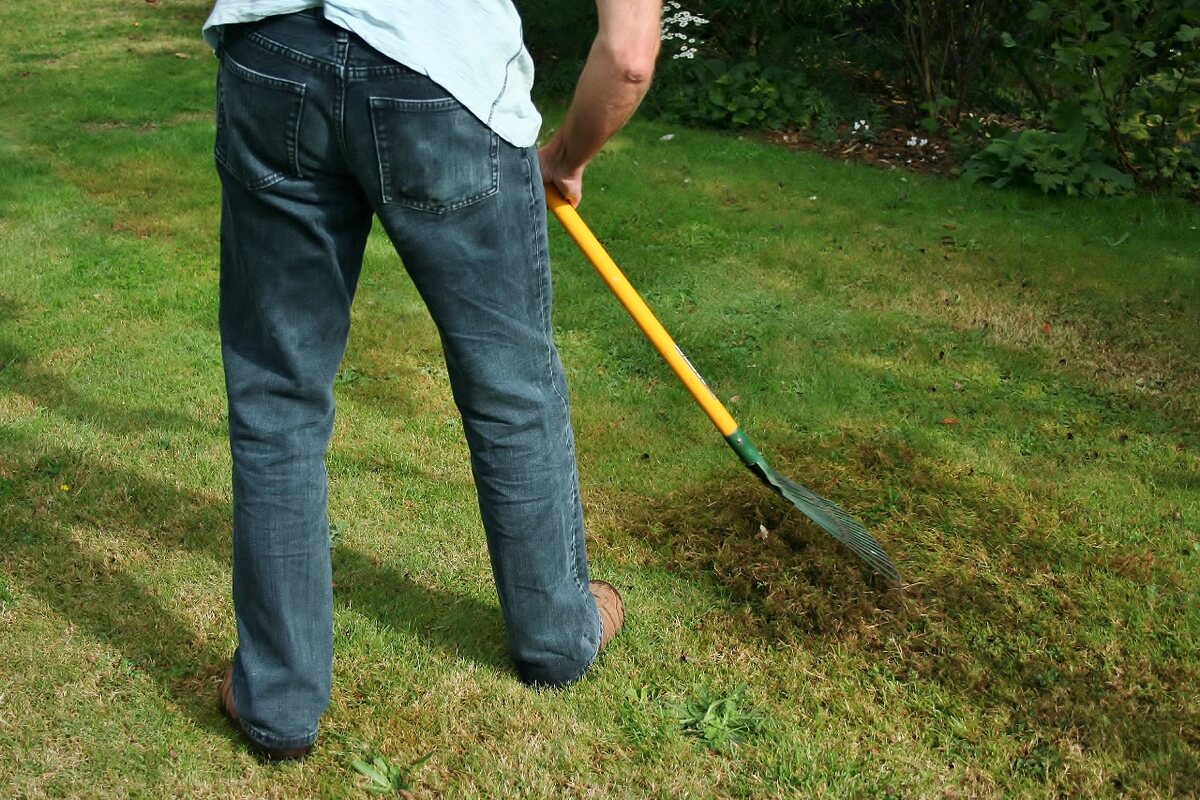
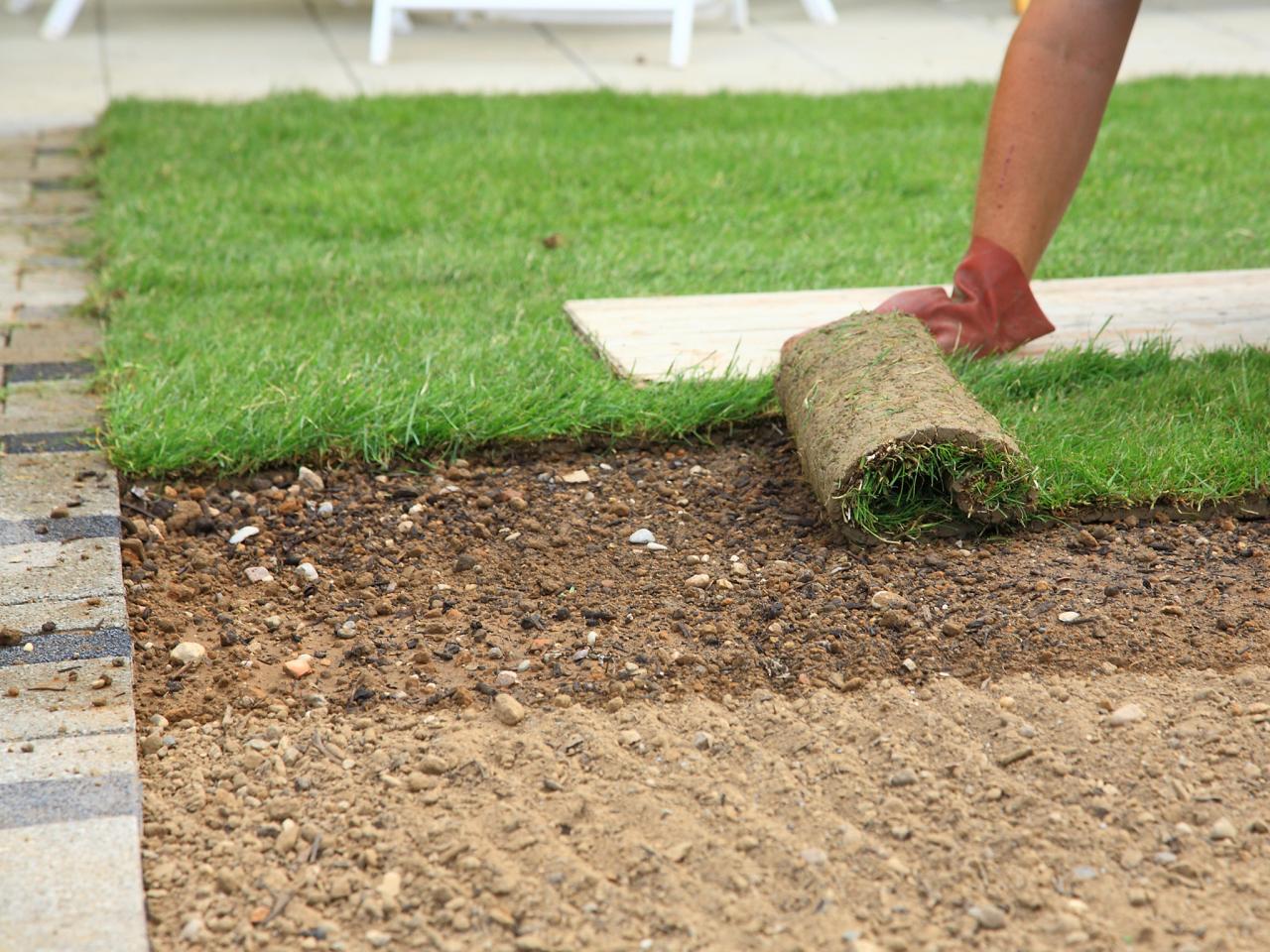
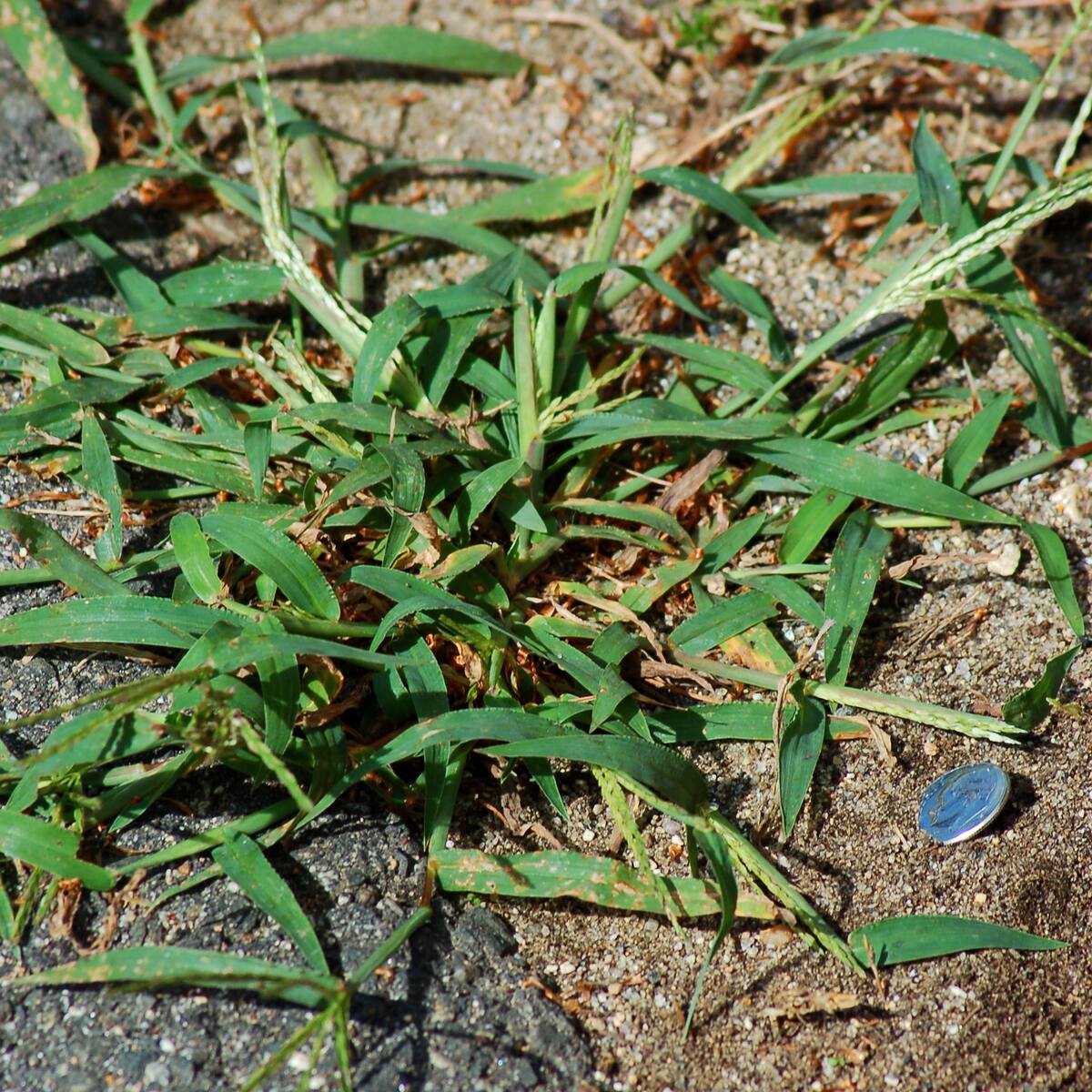
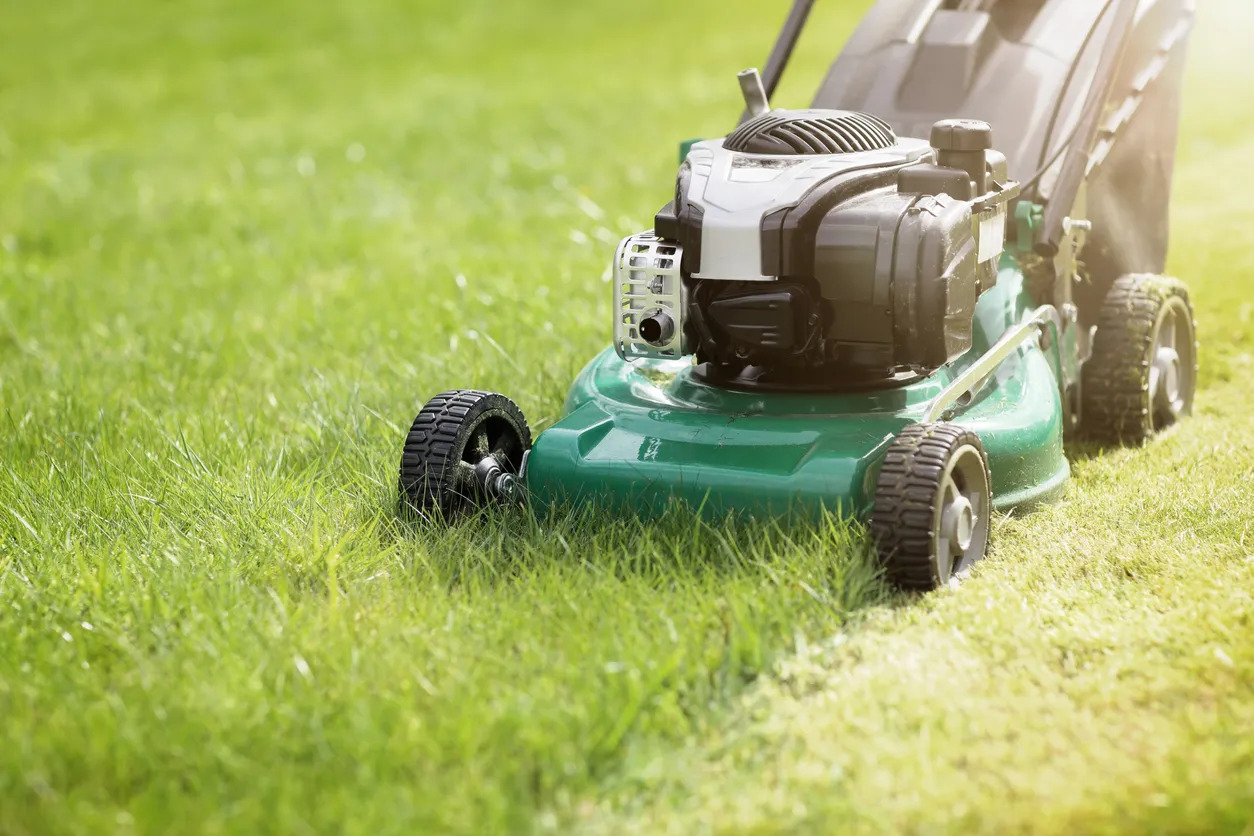
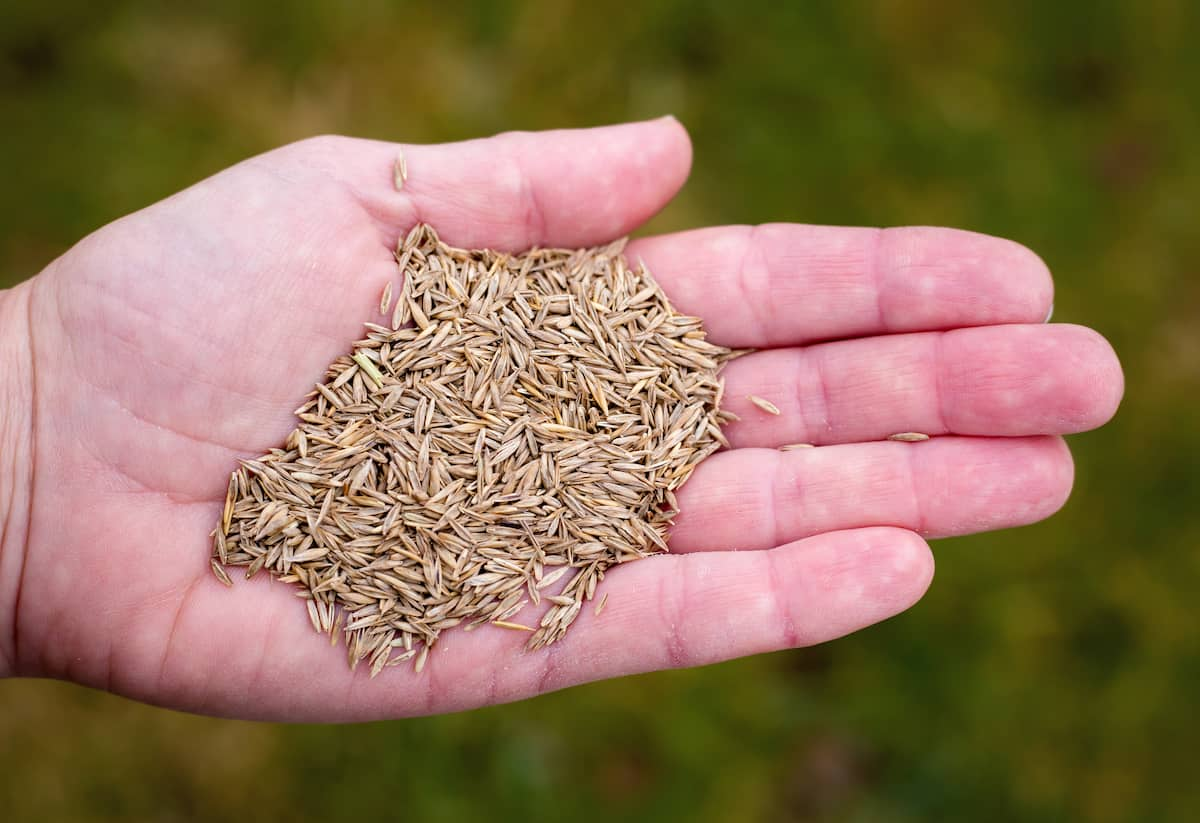
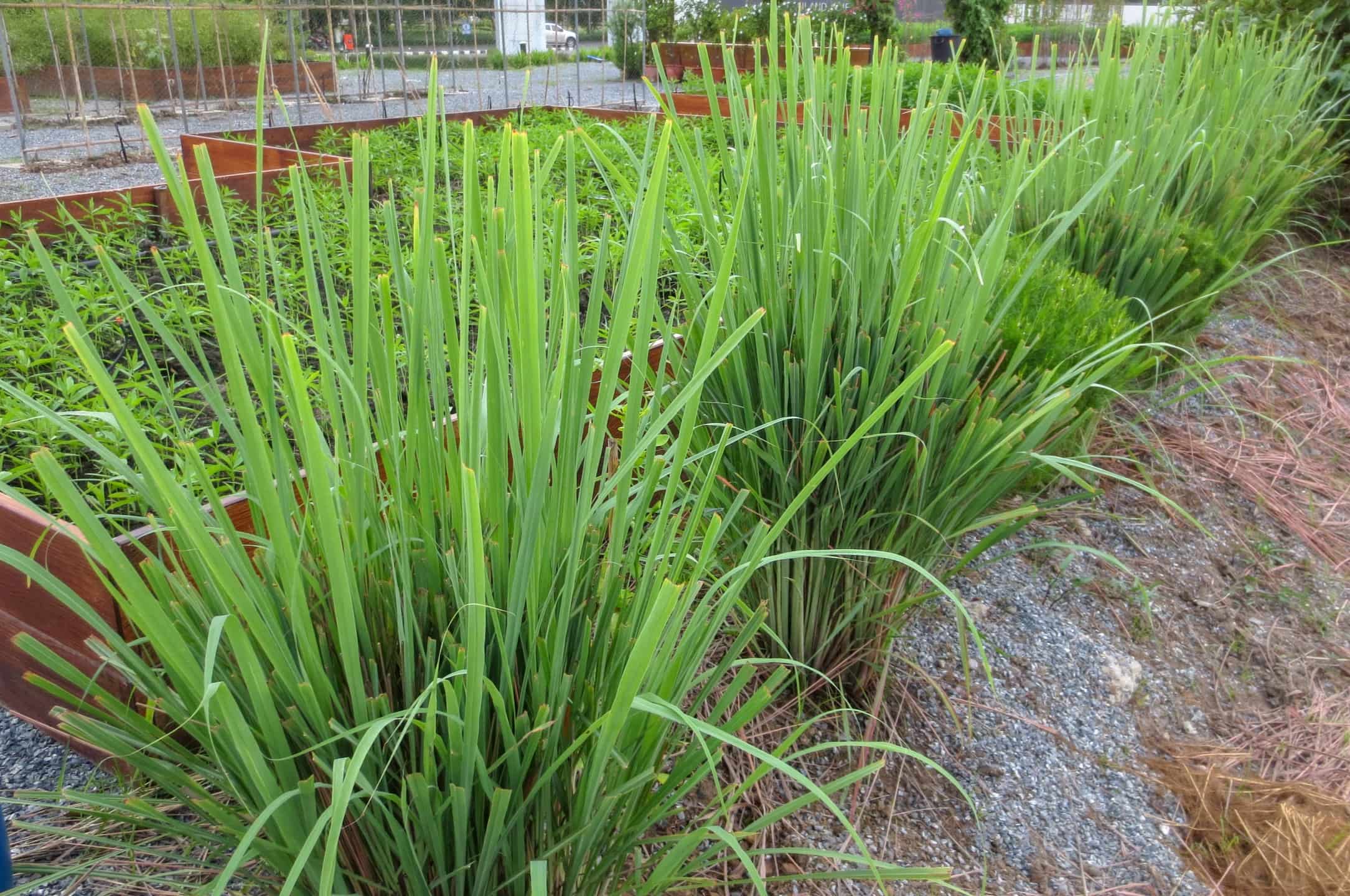
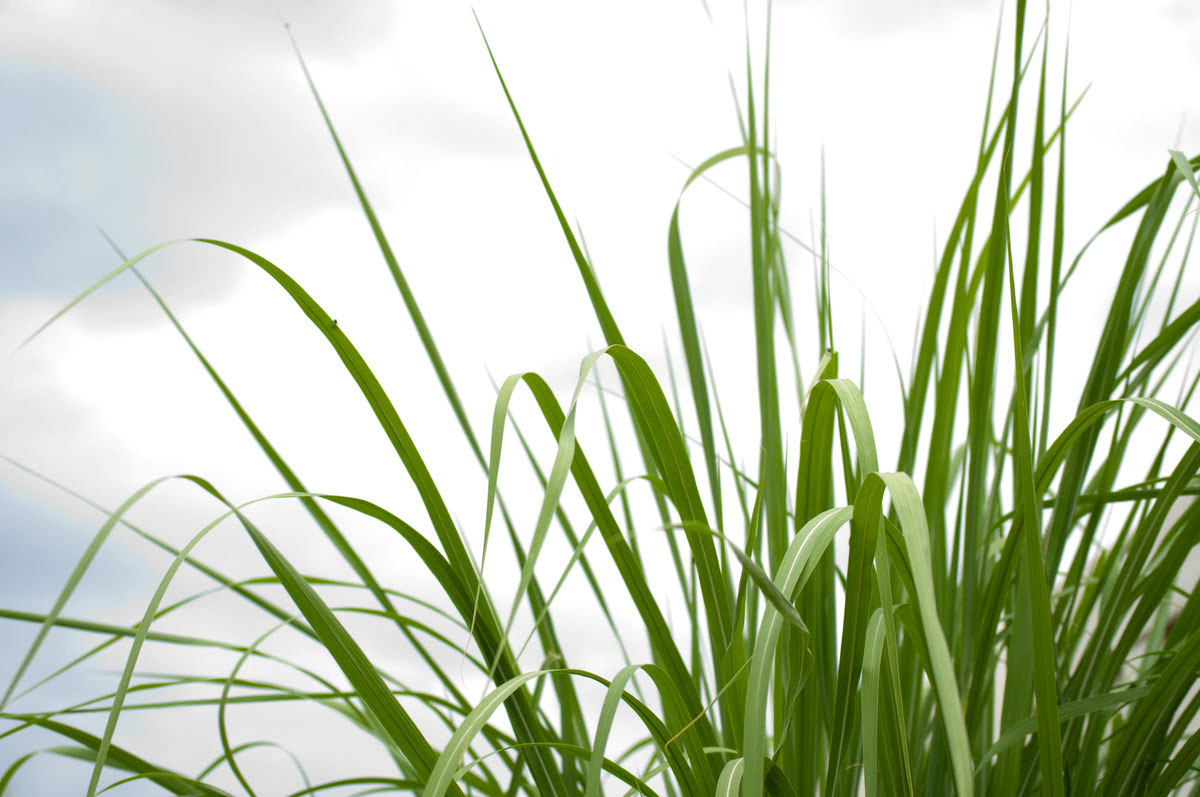

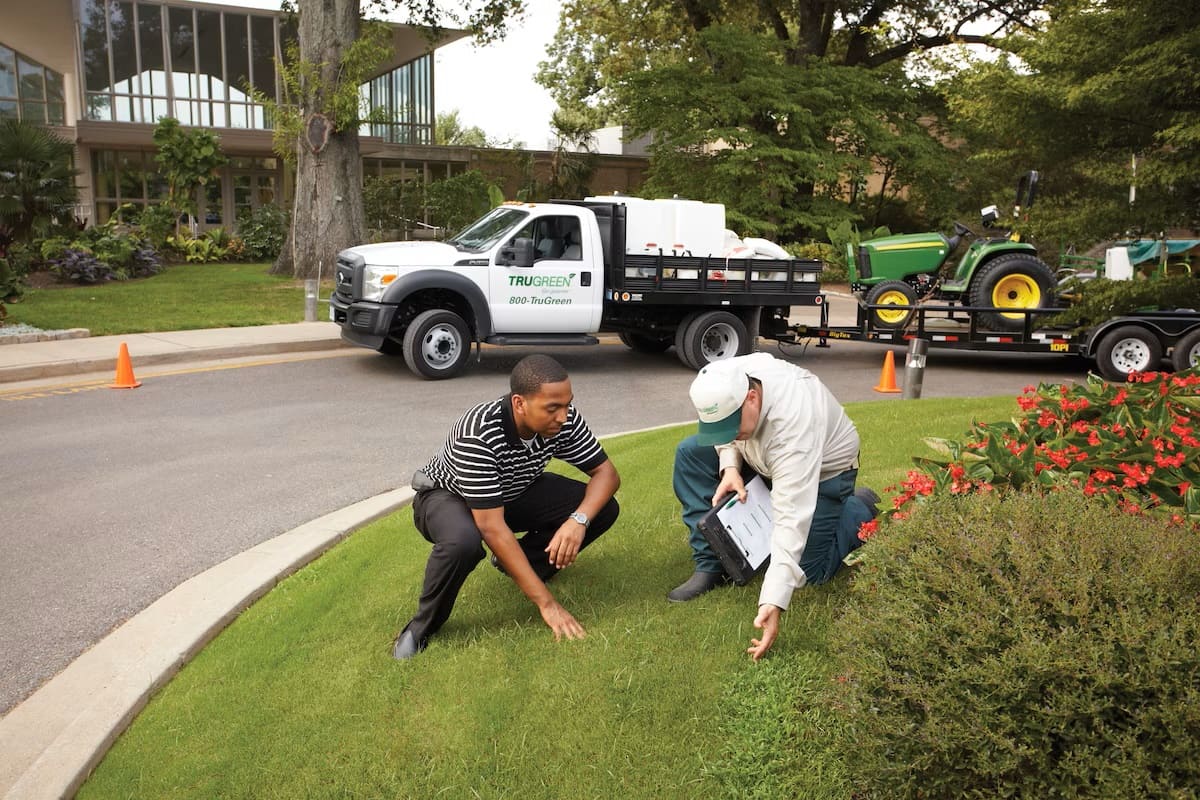
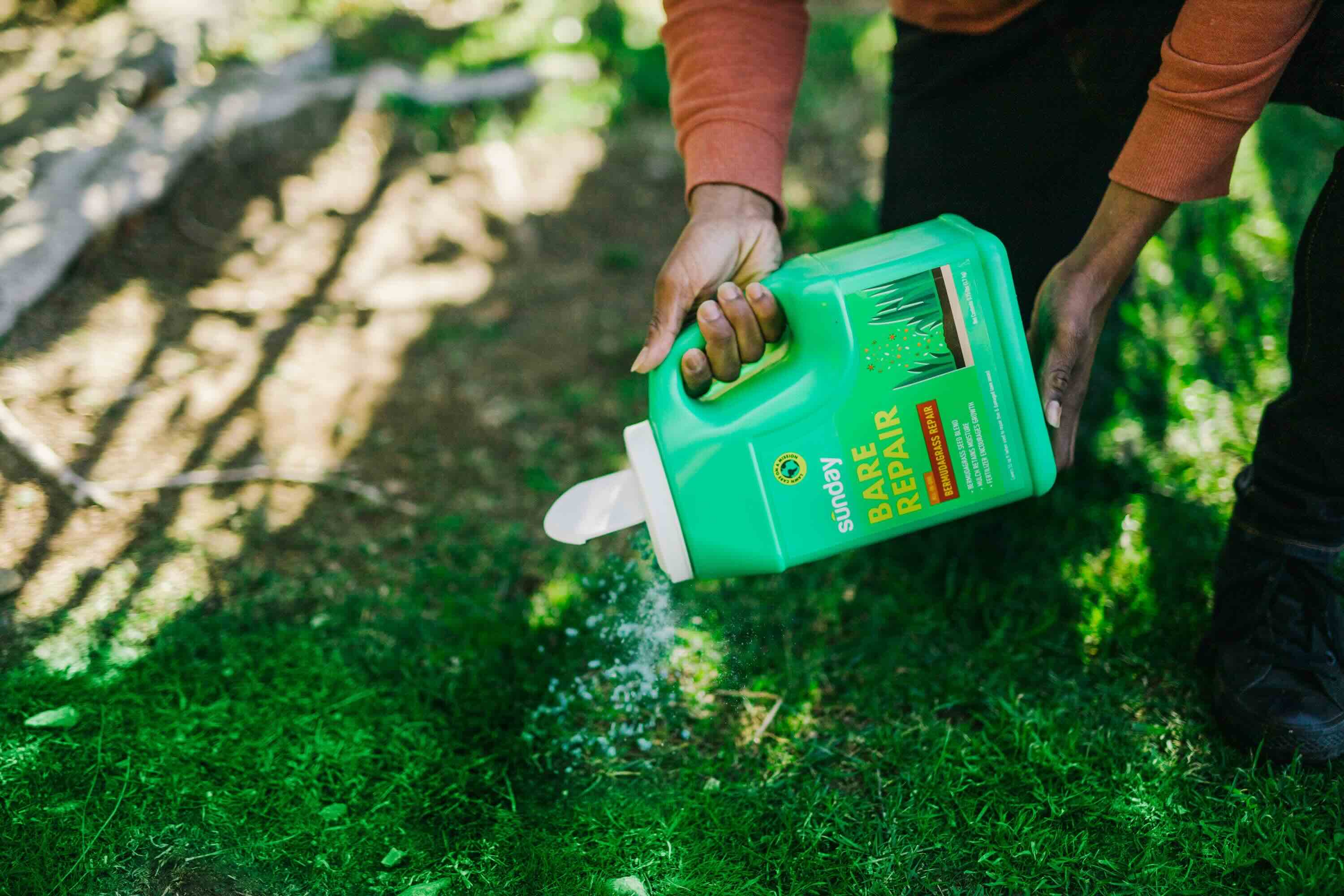
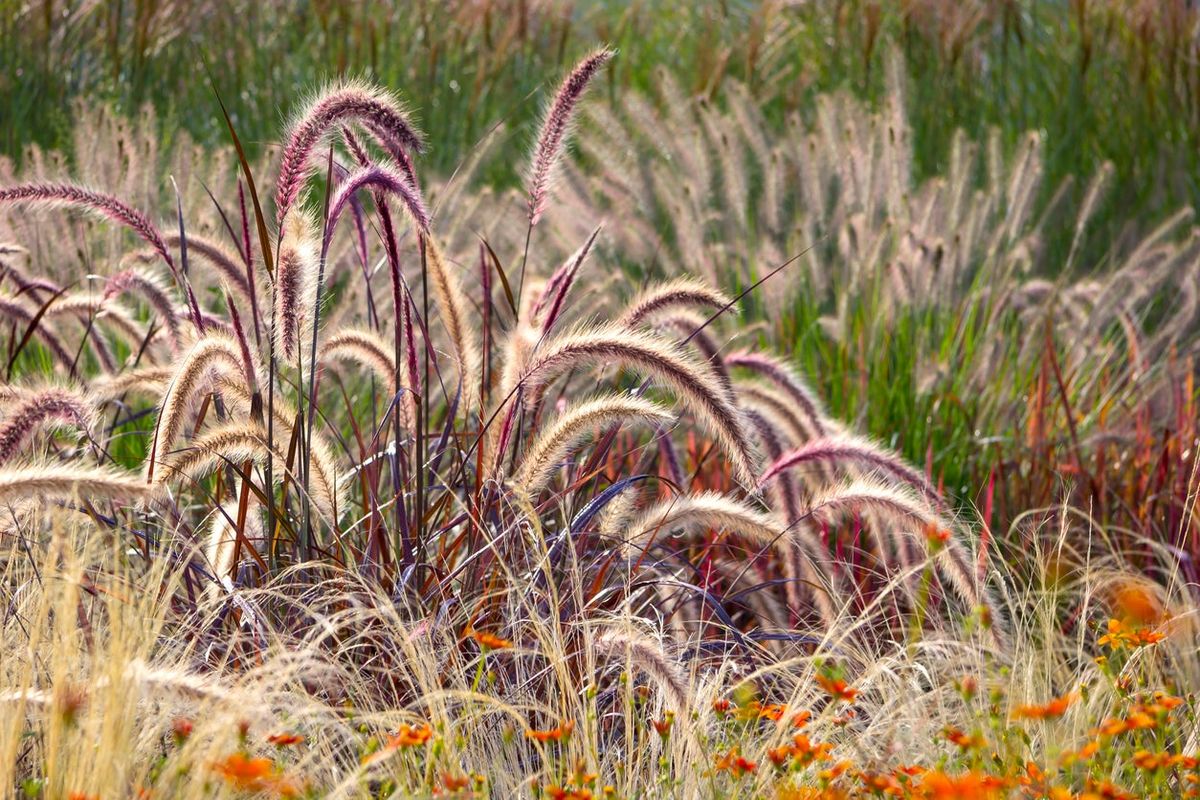
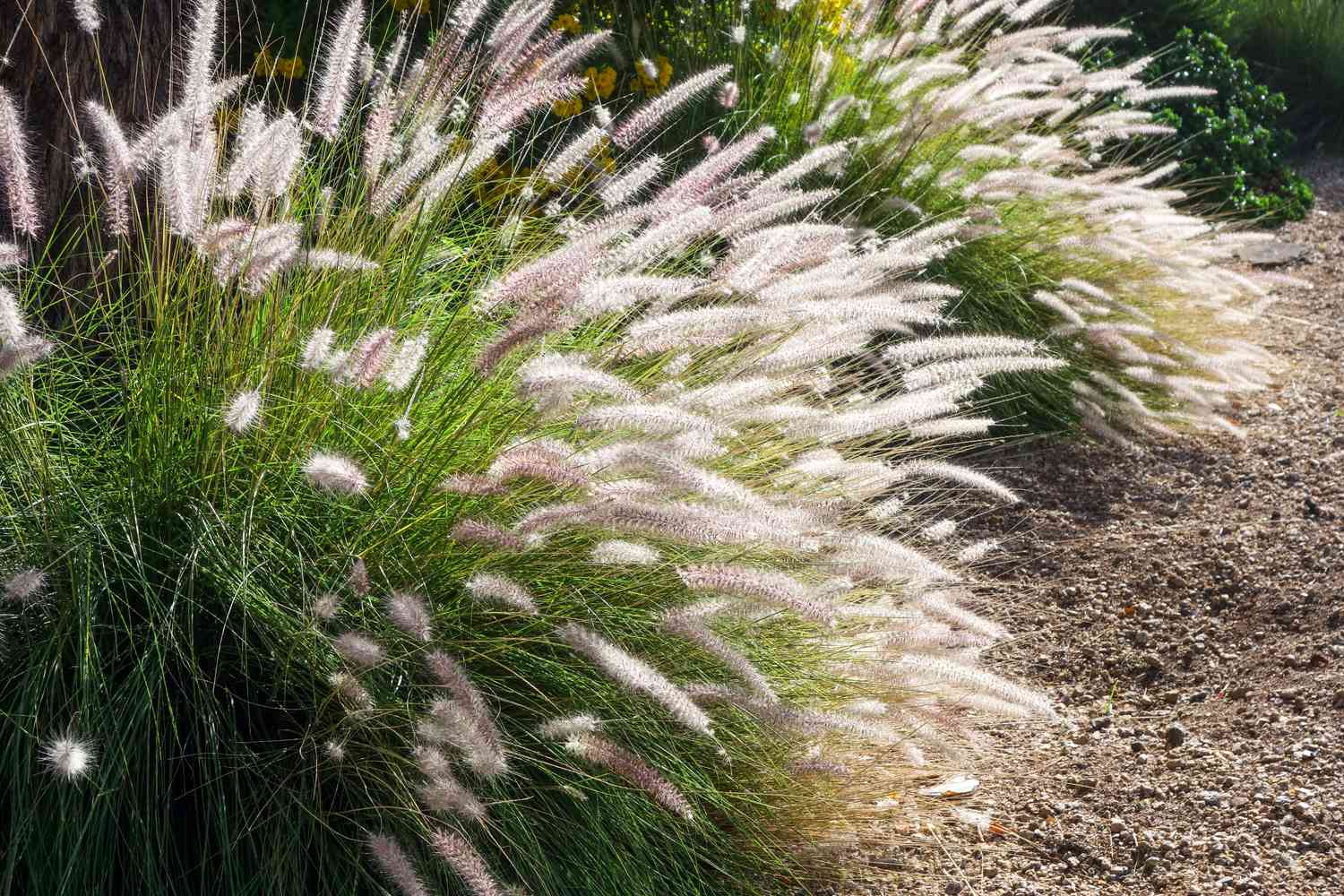
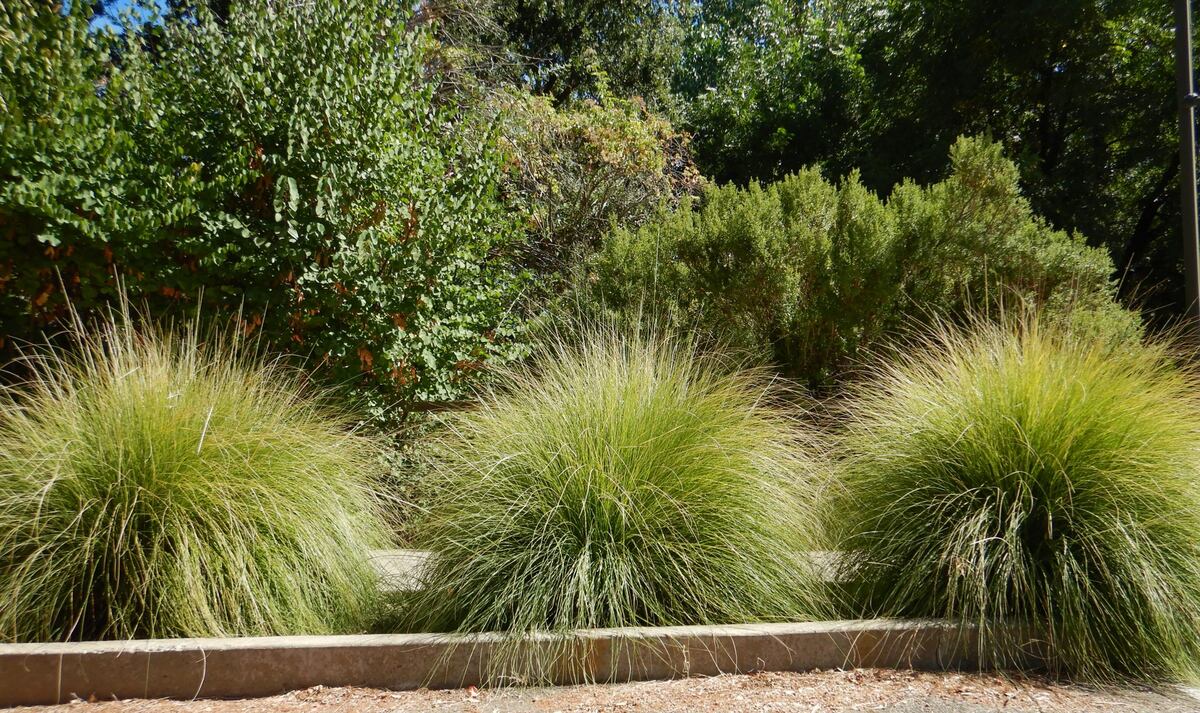

0 thoughts on “How To Grow Lawn Grass”